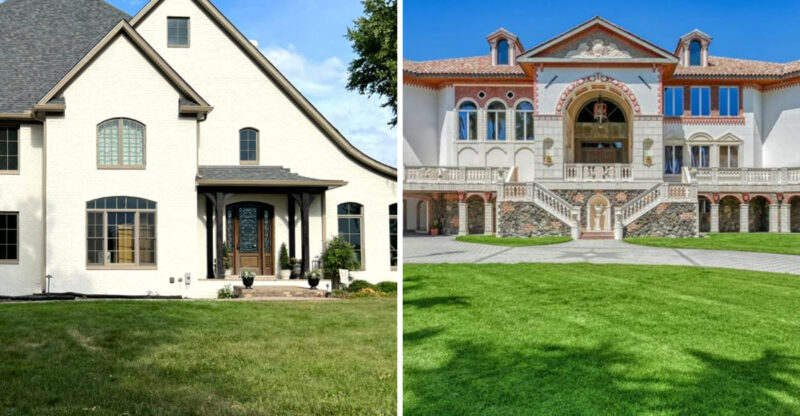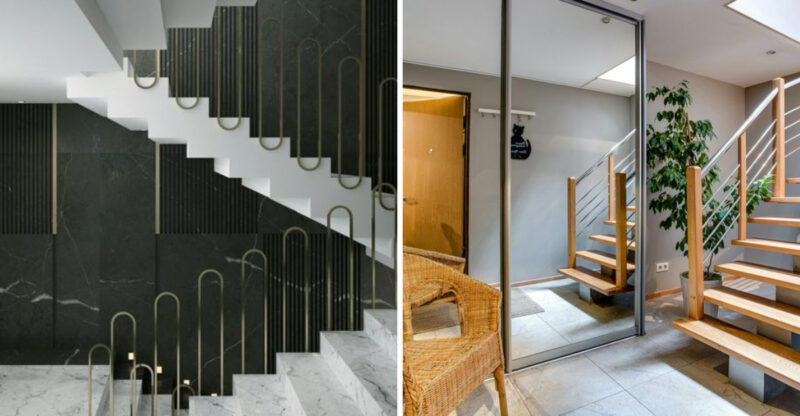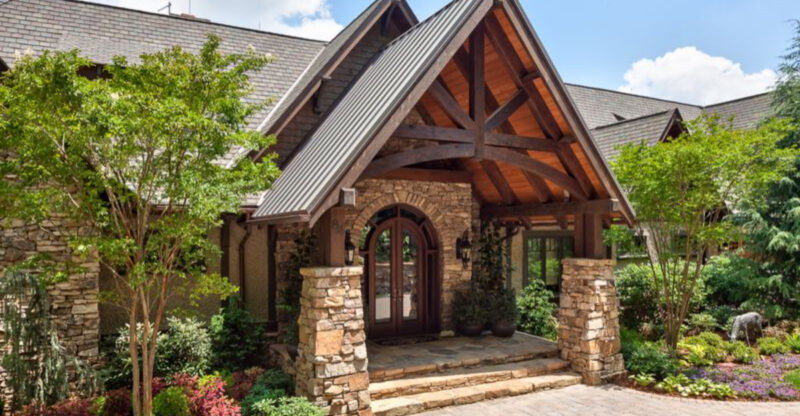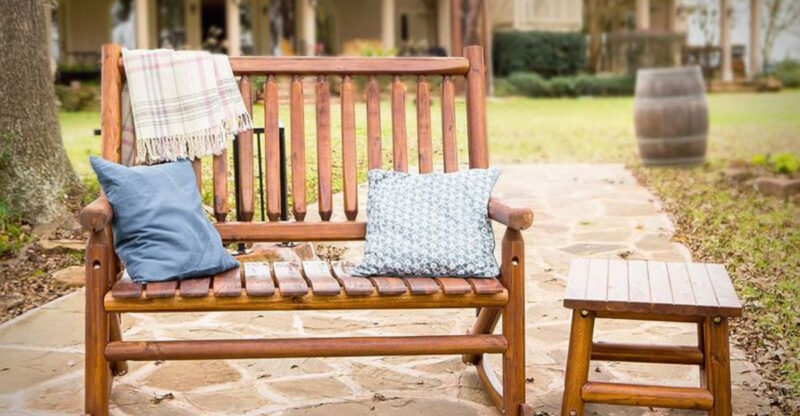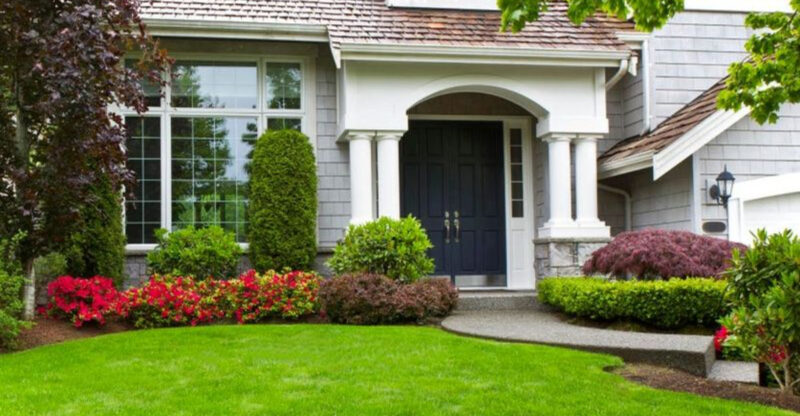12 Things To Get Rid Of In Your Outdoor Space, According To Designers And Gardeners

Looking to transform your backyard into a peaceful retreat? The secret might not be what you add, but what you take away.
Professional landscapers and garden designers agree that removing certain elements can dramatically improve your outdoor space. Decluttering not only enhances beauty but also makes maintenance easier and more enjoyable.
Say goodbye to the clutter and hello to calm! Sometimes, less really is more when it comes to creating your dream backyard escape.
1. Broken Plastic Furniture
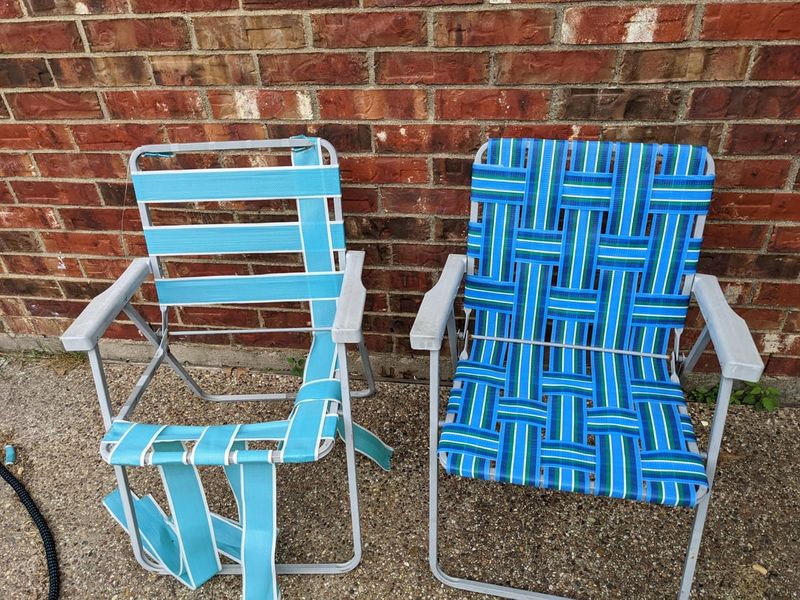
Nothing ruins a beautiful patio faster than sun-bleached, cracked chairs and wobbly tables. Faded plastic furniture doesn’t just look shabby, it can be dangerous when structural integrity is compromised.
Replace these broken pieces with quality options made from durable materials like teak, metal, or all-weather wicker. Modern outdoor furniture is designed to withstand the elements while adding style and comfort to your space.
2. Overgrown, Neglected Hedges
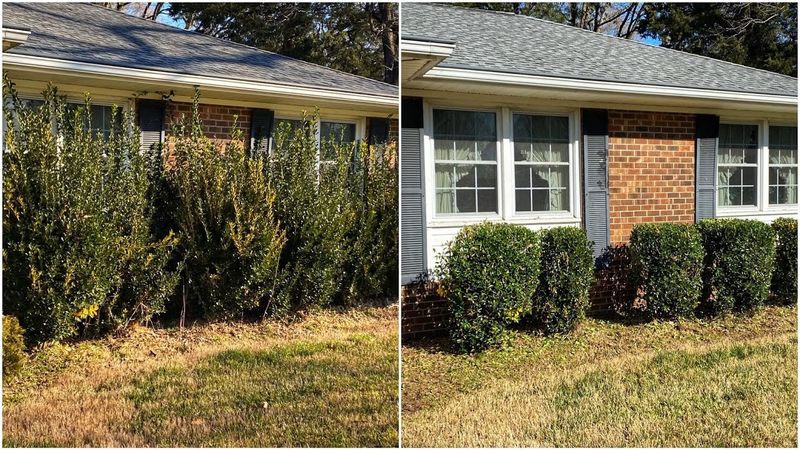
Wild, untamed hedges create a sense of abandonment rather than intentional design. When left to their own devices, these green barriers can block natural light and make your yard feel smaller and more confined.
Regular trimming transforms hedges into architectural elements that frame your outdoor space beautifully.
Consider replacing high-maintenance varieties with slower-growing alternatives. Something that needs less frequent pruning and creates cleaner lines.
3. Scattered Garden Ornaments
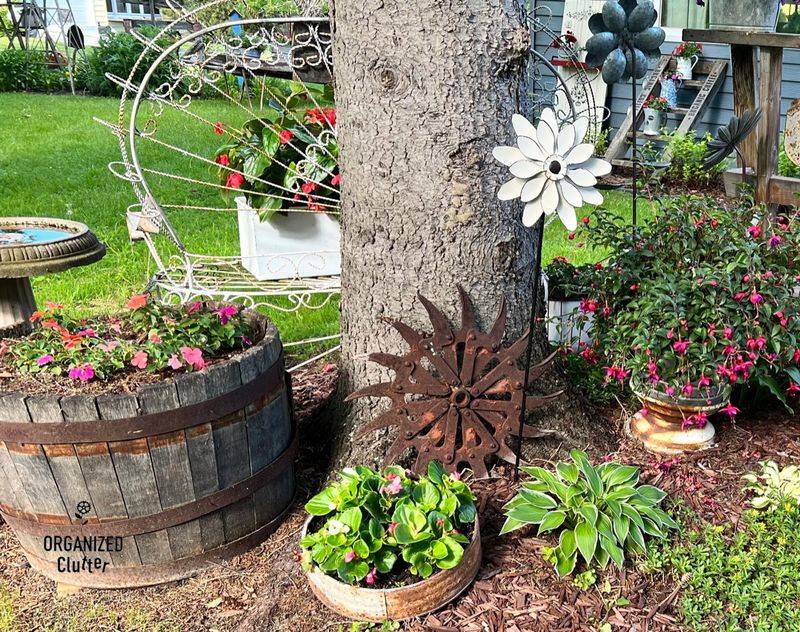
Garden gnomes multiplying like rabbits? An army of mismatched decorations creates visual noise rather than harmony.
Random collections of ornaments distract from your garden’s natural beauty. Select just a few meaningful pieces that complement your landscape design.
Quality over quantity is the golden rule here. One striking sculpture or water feature becomes a focal point, while dozens of small trinkets just look cluttered.
4. Chemical Pesticides And Fertilizers
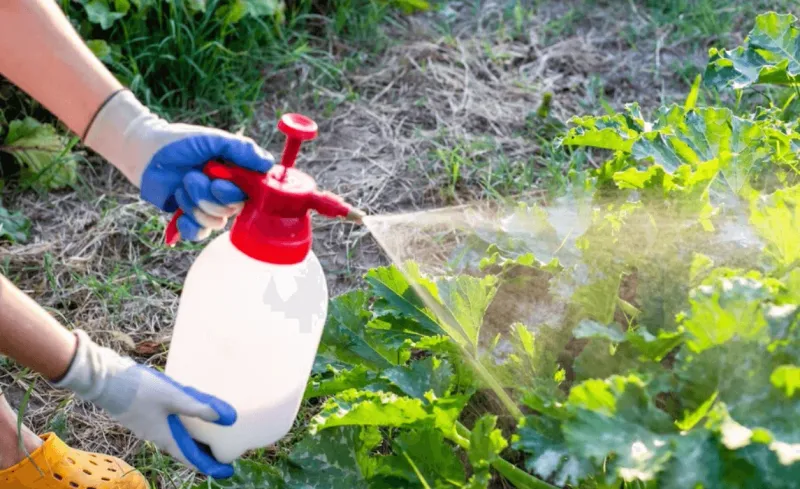
Professional gardeners are moving away from harsh chemicals that harm beneficial insects and soil microorganisms. These products might offer quick fixes but cause long-term damage to your garden’s ecosystem.
Switch to organic alternatives that work with nature rather than against it. Compost enriches soil naturally, while introducing beneficial insects like ladybugs helps control pests without toxic residues.
Your plants, pets, and local wildlife will all benefit from this healthier approach.
5. Invasive Plant Species
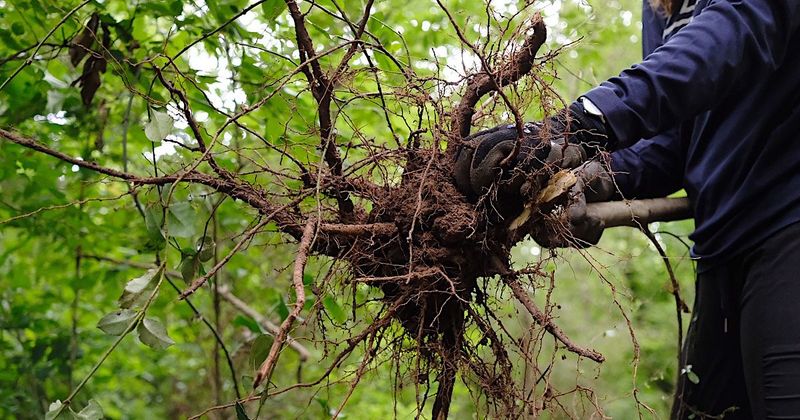
Those pretty vines taking over your fence might be ecological troublemakers. Invasive plants spread aggressively, choking out native species and disrupting local ecosystems.
English ivy, Japanese knotweed, and purple loosestrife might look attractive but cause serious environmental harm. Replace these problematic plants with native alternatives that support local wildlife and naturally thrive in your climate without becoming garden bullies.
6. Outdated Lighting Fixtures
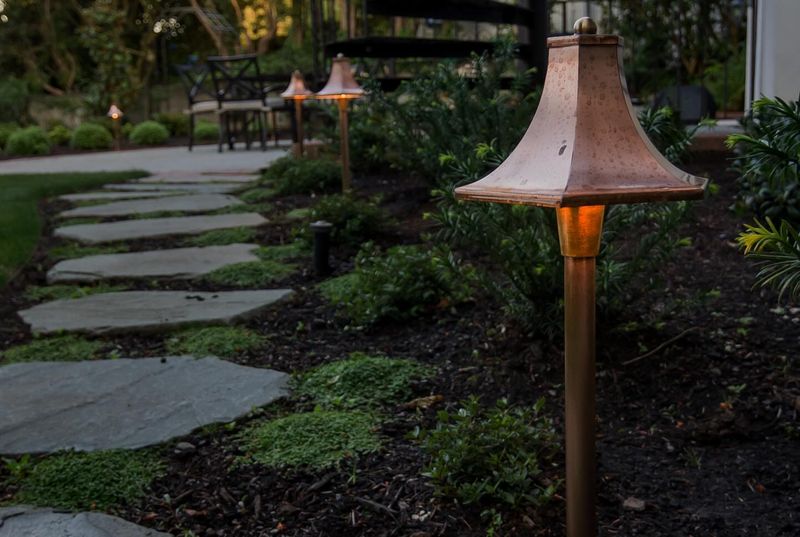
When I finally decided to tackle the outdated lighting in my backyard, I didn’t realize how much it was dragging down the whole space. The old fixtures were rusted, dim, and honestly a little depressing, not to mention I was always nervous about the frayed wiring during rainy nights.
After some research, I switched to modern, energy-efficient LED lights, including a few solar-powered path lights and warm-toned sconces near the seating area. The transformation was incredible.
Suddenly, the backyard felt like an extension of our home…welcoming, safe, and stylish. Even our evening BBQs feel more special now, with soft lighting highlighting the trees and creating a relaxed, magical vibe.
7. Unused Children’s Play Equipment
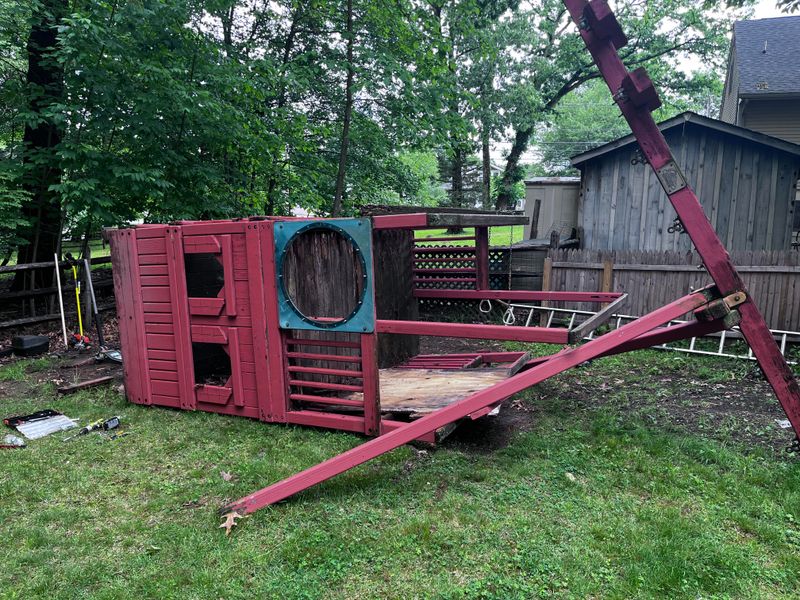
Remember that massive swing set the kids outgrew years ago? Abandoned play equipment collects rust, becomes unstable, and wastes valuable yard space that could serve your current lifestyle better.
Consider donating usable pieces to families who need them. The reclaimed space could become a vegetable garden, meditation corner, or adult entertainment zone.
Designers recommend reimagining your outdoor areas as your family’s needs evolve.
8. Struggling Lawn In Shady Areas
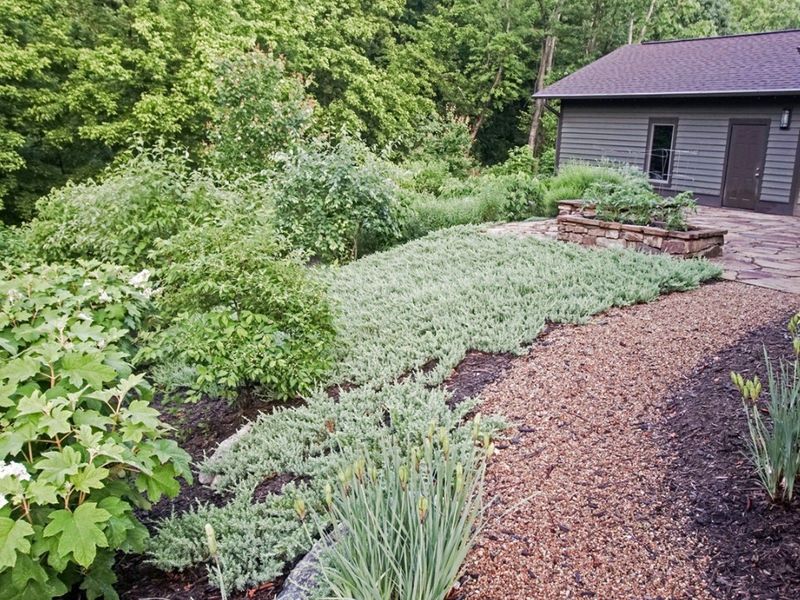
Fighting to grow grass where sunlight never reaches is a losing battle that wastes water and creates patchy, unattractive areas. These struggling sections require constant maintenance with disappointing results.
Embrace shade-loving alternatives like hostas, ferns, and woodland groundcovers.
Mulched beds with shade-tolerant plants create lush, low-maintenance areas that look intentional rather than neglected. This approach, according to landscape designers who specialize in problem-solving garden solutions, helps turn tricky spots into standout features.
9. Impractical Water Features
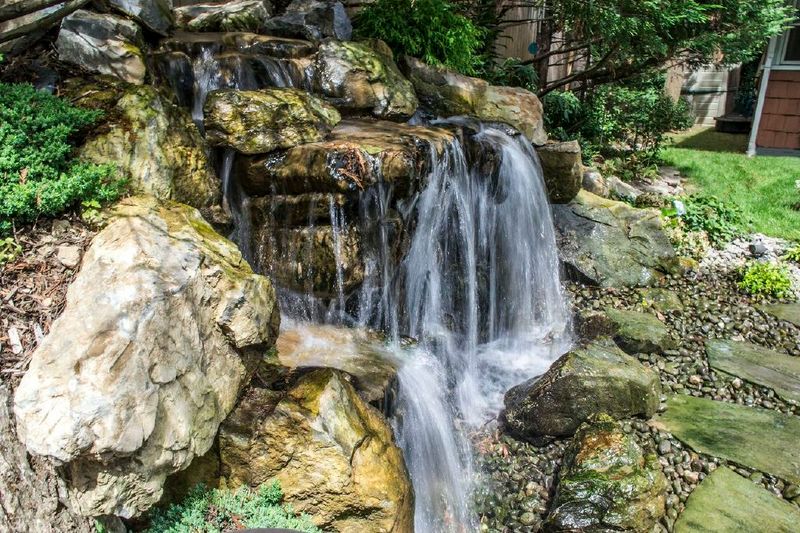
Leaking ponds and complicated fountains often become maintenance nightmares rather than peaceful additions. Poorly designed water features collect debris, grow algae, and consume excessive time and resources.
Water-wise designers recommend either investing in professional-grade equipment or opting for simpler alternatives. A well-made bird bath or urn fountain provides soothing water elements without the headaches of larger installations.
10. Random Piles Of Materials

That stack of leftover pavers from your patio project isn’t “saving for later”, it’s creating visual clutter. Building materials, empty pots, and garden tools scattered around detract from even the most beautiful landscapes.
Invest in proper storage solutions like a garden shed, decorative deck box, or vertical tool organizer. Landscape professionals emphasize that organization is just as important outdoors as it is inside your home.
11. Cracked Concrete Patios

Tired of looking at cracked concrete in your yard? Fractured surfaces not only pose tripping hazards but also become magnets for weeds and poor drainage. These aging slabs can drag down your entire outdoor aesthetic.
Contemporary options like permeable pavers offer a smart, stylish upgrade, allowing rainwater to soak naturally into the ground. Choose materials that enhance your home’s architecture while delivering both visual appeal and eco-friendly performance.
12. Overflowing Trash And Recycling Bins
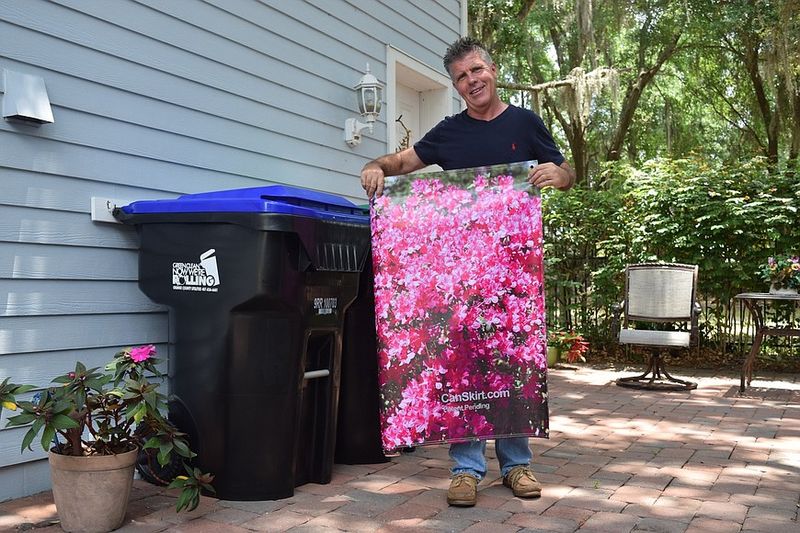
Exposed garbage containers create eyesores and roll out the welcome mat for raccoons and other uninvited wildlife guests. Even practical necessities like trash bins shouldn’t sabotage your outdoor style.
Clever concealment solutions, like decorative screens, custom enclosures, or well-placed shrubs, can make your bins disappear in plain sight. Professional designers always plan for these not-so-glamorous elements.
Because let’s face it, no one dreams of a backyard with a front-row view of last night’s leftovers.


